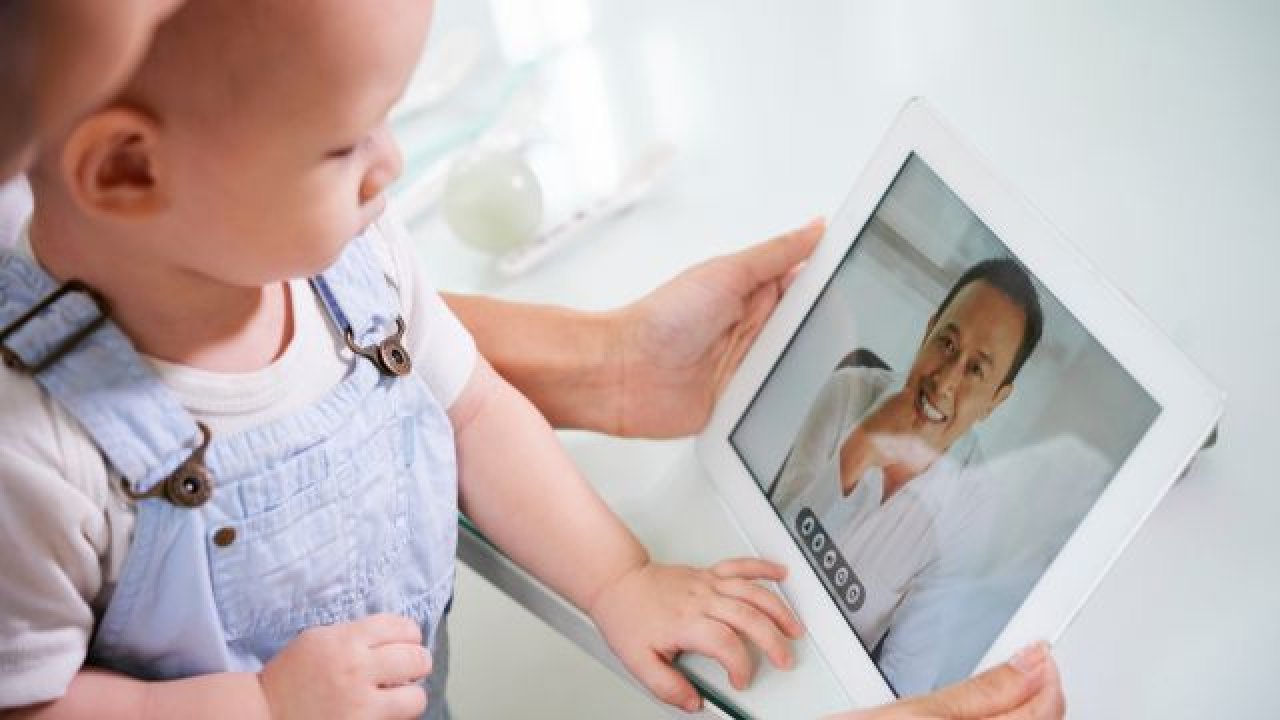Telemedicine is now part of the daily life of Quebec families. But how effective is this practice? D re Émilie Bourgeault, dermatologist at dermago.ca, gives us her point of view.
This innovative practice has many benefits for parents and children alike: reduced risk of contracting COVID-19, significant time savings, elimination of travel costs and time spent in the waiting room, faster access to the doctor. in some cases and so on.
As a dermatologist in a virtual clinic, I receive several questions about the validity, effectiveness and procedure of online consultations. Here are some answers that will help you have a better experience during your next virtual consultation.
1. Is a diagnosis online as reliable as a diagnosis obtained in the clinic?
Dermatology is probably the medical specialty best suited to telemedicine. Scientific studies have repeatedly demonstrated the effectiveness of diagnosing skin problems from a distance. Dermatologists are literally trained to diagnose skin problems from visual information. It's just a matter of providing them with quality photos and answering their questions well.
2. Can all skin problems be diagnosed remotely?
Up to 98% of skin conditions can be diagnosed usually based on visual data. Minor problems like eczema , acne , hives, various skin rashes, frostbite, molluscum and warts are particularly conducive to remote diagnosis.
3. What skin problems should I go to the clinic for?
Certain conditions such as moles (nevi) need to be seen in the clinic to be properly evaluated. If the skin problem requires physical intervention, such as surgery, an in-person visit will be necessary. Likewise, if the child is feverish, unusually fatigued, or has other systemic symptoms (joint pain, headaches, etc.), it is best to consult in person.
4. How to prepare for a virtual consultation with a dermatologist?
Such in clinic, the dermatologist will seek to know more about the evolution of the symptoms, the treatments tried and the effects of these.
Take the time to establish the precise chronology of symptoms. When did the symptoms appear? Did they get worse? How fast? How do they affect the daily life of the child and yours?
Then write down the treatments tried to date. What medication (s) did you use? For how long? At what frequency? What were the effects?
Note the questions that bother you and take advantage of the consultation with the dermatologist to find answers. Some platforms even allow discussions with the specialist for several days.
5. How does the virtual consultation with the dermatologist work?
The virtual consultation generally takes place in three stages. First, the patient fills out a questionnaire in which he is asked to detail his health record and the problem for which he wishes to consult a dermatologist.
Images will then be taken of the skin problem to be diagnosed. The best telemedicine platforms offer simple and clear instructions on how to take pictures to facilitate the specialist's analysis of the case.
Finally, the dermatologist discusses the diagnosis with the patient and together they agree on a personalized treatment plan. This exchange takes place by phone, video conference or even instant messaging depending on the platform. If a prescription is required, the doctor is able to send it directly to the patient's pharmacy.
6. What if I experience side effect (s) from my medication?
Telemedicine platforms generally offer patients the services of medical staff who will carry out urgent follow-ups in the rare cases where side effects to treatment appear.
Dre Émilie Bourgeault, dermatologist at dermago.ca
Post written in January 2021 for the blog Maman pour la vie
Sources:
Campagna a, M., Naka b, F., Lu, J. Teledermatology: An updated overview of clinical applications and reimbursement policies. International Journal of Women's Dermatology 2017; 3: 176-179.
Wang, Robin H., et al. Clinical effectiveness and cost-effectiveness of teledermatology: Where are we now, and what are the barriers to adoption? J Am Acad Dermatol 2020; 83 (1): 299-307.
Yim, Kaitlyn M., et al. Teledermatology in the United States: An Update in a Dynamic Era. Telemedicine and e-Health 2018; 24 (9): 691-697.



